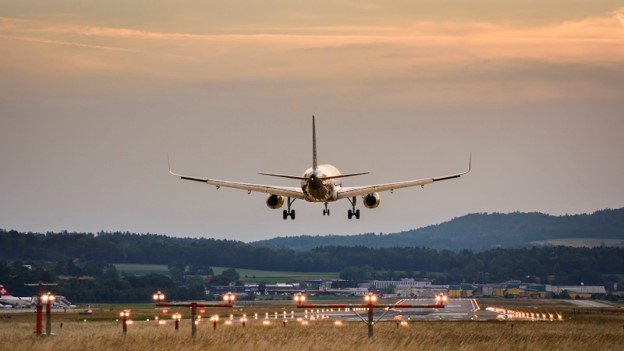It’s no secret that air travel can be stressful – for you and airports alike. The National Airspace System is one of the most complex transportation systems in the world, carrying millions of passengers on thousands of flights across the United States every day. With so much activity, airports rely on a combination of airport configurations to ensure an efficient flow of arrivals and departures. Airport traffic pattern configurations are based on weather, traffic, and other inputs taken from data observations. To predict this configuration process, NASA challenged the public to build algorithms that can better predict future airport configurations.
Changes to airport configuration can result in delays to flights, which may have to alter their flight paths ahead of reaching the airport to get into the correct alignment or enter holding patterns in the air as the flows are corrected. Participants in the Run-way Functions: Predict Reconfigurations at US Airports designed algorithms for predicting future airport configurations that can support critical decisions, reduce costs, conserve energy, and mitigate delays.
The contest was open to students and faculty members of U.S. universities. Submissions utilized a training data set of 10 airports over the span of about one year. Judges scored the algorithms based on how the predictions compared to ground truth. The challenge received more than 360 submissions. The winners are:
- First place: Kristin Mullaney and Alejandro Saez, New York University ($20,000)
- Second place: Spencer McDonald and Marek Travnik, Massachusetts Institute of Technology, Cambridge ($10,000)
- Third place: Azin Al Kajbaf and Kaveh Faraji, University of Maryland, College Park ($6,000)
- Fourth place: Normen Yu and Mehrdad Mahdavi, Pennsylvania State University, State College ($4,000)
The challenge supports the Air Traffic Management – Exploration (ATM-X) Digital Information Platform (DIP) sub-project in NASA’s Aeronautics Research Mission Directorate. DrivenData and HeroX administered the challenge. The NASA Tournament Lab, part of the Prizes, Challenges, and Crowdsourcing program in the Space Technology Mission Directorate, managed the challenge. The program supports public competitions and crowdsourcing as tools to advance NASA research and development and other mission needs.
Learn more about opportunities to participate in your space program via NASA prizes and challenges at:
https://www.nasa.gov/solve





























